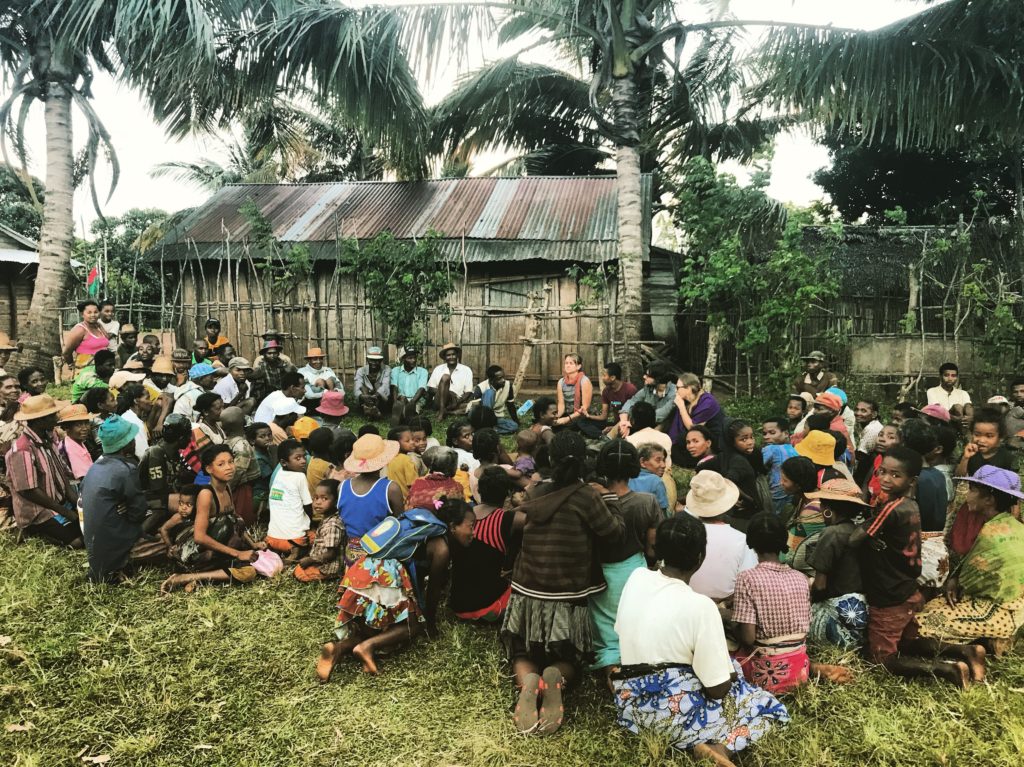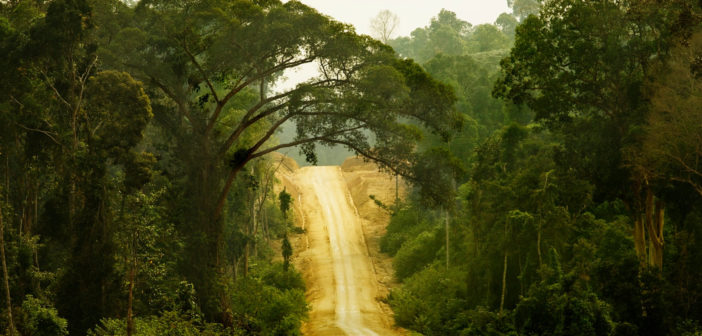Many species of wild animals and entire ecosystems are threatened by the activities of nearby communities, such as poaching, logging, or other destructive practices. Most of the time, when done on an individual level, rather than by large companies, these practices are carried out by people living in poverty who are trying to support their families. Conservation organizations use a variety of strategies to try to combat this issue, but the vast majority do that work by coming in with preconceived notions of what needs to be done and imposing those ideas on local communities.
What would happen instead if conservation started out by asking for direction from local communities? How would things be different if projects were founded on the belief that people not only want to stop harming their environment but also know what they need to make that happen? How much more effective would these initiatives be in terms of protecting ecosystems, wildlife, and humans alike?
This is exactly the model of the organization Health in Harmony, which does work with communities living around rainforests in Borneo and Madagascar. I had a conversation with Founder Kinari Webb about what happens when rainforest conservation starts out with radical listening and when assistance is framed as a thank you from the world for protecting these precious ecosystems.

Dylan Forest: Can you explain, briefly, the difference between your model of conservation and a more traditional model? How is community-based conservation better for rainforests and the people who live among them?
The fundamental difference between our method of conservation and more traditional models is what I call radical listening. It is the local rainforest communities who identify the root causes of forest destruction and the solutions to combat them. The radical part about the listening is that we then actually implement those solutions, and each part of the intervention is co-designed with the community.
Most conservation programs are very siloed, and very few indeed understand that intersectional solutions are essential. For example, both the need for alternative livelihoods and the high cost of a medical emergency can drive logging. If both are not addressed simultaneously the local community members may not be able to protect the ecosystem – even if they want to. Our experience is that communities all over the world understand this and their solutions are almost always integrated in nature.
In addition to having the communities design the solutions, we also offer additional signs of gratitude from global citizens to rainforest communities when they protect the forest, in the form of additional discounts for healthcare. However, so that everyone can always access care, we allow payment with sustainable bartered items such as seedlings or even manure for organic farming.
What also seems to be different about our model is that it is highly successful. Sadly, this is not the case for many conservation organizations. In the first ten years of our program we had a 90% drop in logging households, we saw a stabilization of the loss of primary forest, and regrowth of 52,000 acres of forest. Simultaneously, we had a 67% drop in infant mortality and across the board improvements in health.

The concept of radical listening is a big part of your work. What does radical listening mean to you, and how is it relevant to protecting rainforest ecosystems?
The process of radical listening is done by first listening to groups of community members that include leaders and both women and men and asking them what they would need as a thank you from the world community so they could protect their precious rainforest. We frame it as a fair transaction of reciprocity – not charity. We meet with each community in a given ecological region.
In the second stage, we then co-design exactly how these solutions will be implemented. For example, they may ask for healthcare, but now we have to decide whether that means mobile clinics, a fixed clinic, midwives, an ambulance, etc. The solutions on this level are often much more variable and obviously there often have to be compromises.
Then the final stage is to sign an agreement that lays out the details of any incentives for ecosystem protection and simply states that they agree to try and protect the ecosystem. We always work from intrinsic motivation (no penalties or monetary exchanges) and frame the work as reciprocal. This is because multiple studies have shown that when people are acting from their own internal desires, they are more likely to achieve something than if they are acting from extrinsic motivation. It should be noted that we are happy to teach this framework to anyone who wants to learn.

It’s a common line of thought to demonize people in poverty who are harming ecosystems out of their own personal need, whether it’s through something like poaching or logging. What would you say to someone who sees these people as bad people or people who don’t understand the importance of environmental preservation?
I would ask them to ask themselves, what they would be willing to do if a family member was sick? In my experience healthcare needs are one of the only things that will drive someone to knowingly destroy their future well-being or do something they don’t want to do. I haven’t been anywhere in the world where people do not want a healthy ecosystem around them – but if a family member is dying either for lack of food or healthcare, they will do whatever it takes to get them care.
I once watched a film about poaching in Africa and at one point they interviewed a poacher. He said how much he honored the elephants and didn’t want to kill them, but asked what he was supposed to do when his family needed food. As I recall he only got about $20 for the killing, although surely those tusks were wildly valuable.
In your opinion, what is the most effective way to help local people to transition away from environmentally destructive practices and livelihoods?
I actually believe my opinion is irrelevant. I might have ideas but I’m almost certain to be wrong. I believe that the local communities are the ones who best know the root causes of environmental destruction, so my solution is to ask them. Our experience so far is that these communities are missing some knowledge or resources that they are unable to get themselves – but they know exactly what those missing things are. And if they can be given access to them, they can rapidly transition away from the destructive practice.
I was recently in Madagascar, where we are starting work, and the communities there said if they had access to healthcare and could improve their rice yields through better varieties of rice (which they knew about but couldn’t get), and improved irrigation systems, then why would they destroy the forest they love? Of course, they would not. But without enough food to eat or healthcare access, they had no choice but to burn trees for charcoal to sell.

One of the animals we hear the most about the plight of in the area Health in Harmony works in is the orangutan. How has your organization’s work impacted orangutans?
In Gunung Palung National Park in West Kalimantan, Indonesia, there are approximately 3,000 orangutans. We feel proud to have helped protect the habitat of this critical population and that by being instrumental in stopping the logging, 52,000 acres of forest could begin to grow back. We have also been doing reforestation work with the seedlings that patients pay for their healthcare with. This is not a huge amount of land (400 acres), but we have planted corridors to connect disconnected populations of orangutans and our camera traps show that this has been very effective.
In addition, at our second site at Bukit Baka Bukit Raya National Park, also in Indonesian Borneo, we have partnered with International Animal Rescue. They are releasing rehabilitated orangutans into this large national park where they had been previously hunted out. They asked to partner with us to help stop the logging so that these animals will have a home far into the future.
Featured image: a logging corridor in Indonesia. Image credit Rainforest Action Network, CC BY-SA 2.0.





